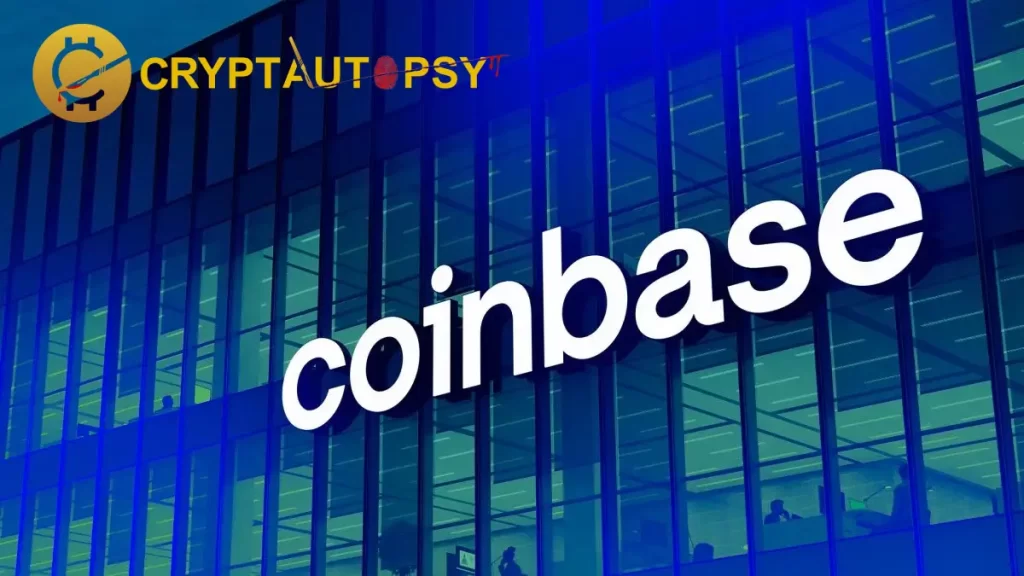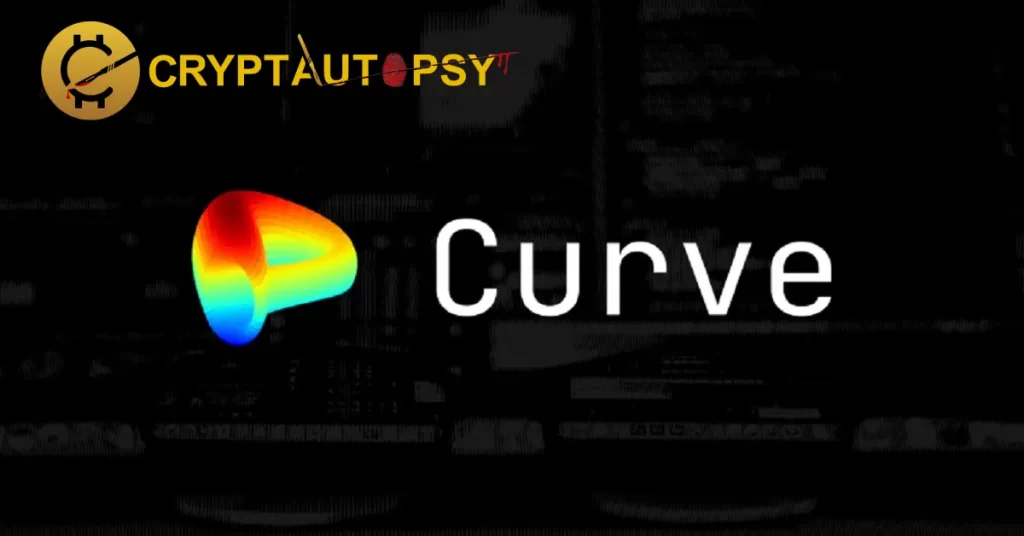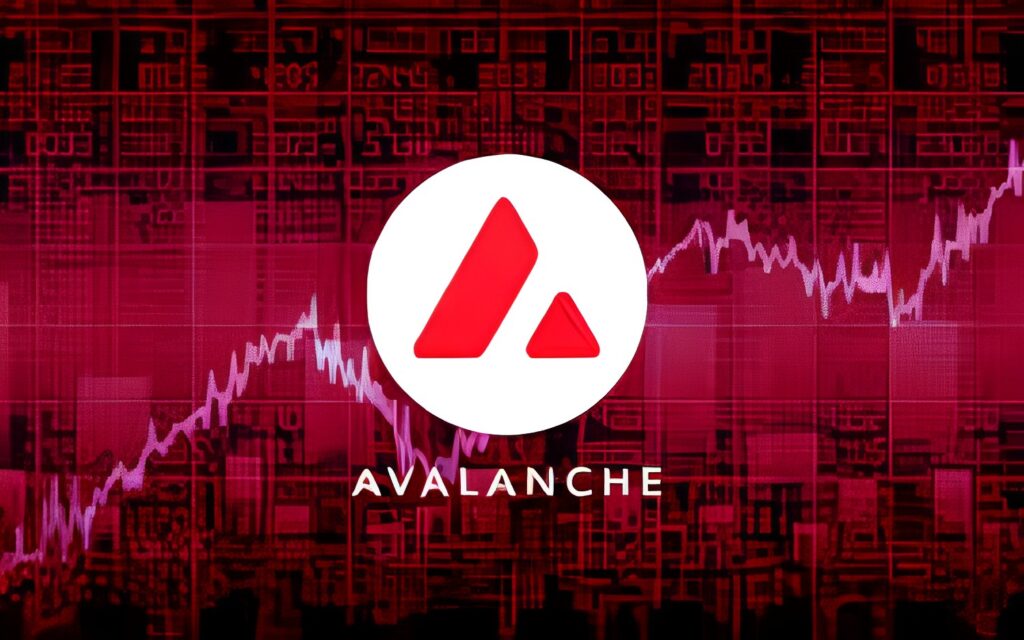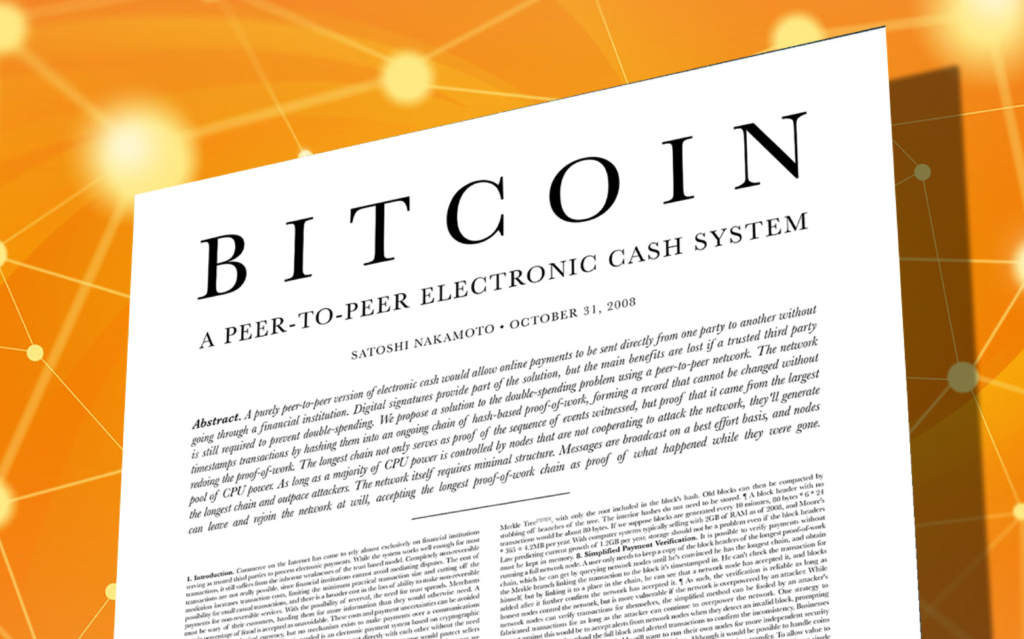The Evolution of MICA: A Transformative Journey

As the digital assets landscape in Europe undergoes transformation following the ratification of MICA (Markets in Crypto-Assets), the crypto community watches with bated breath. This legislation, discussed since late 2020, now stands on the cusp of changing the face of cryptocurrency operations and compliance.
A Brief Overview of MICA
MICA emerged as a regulatory framework designed to oversee the crypto-assets markets. After gaining initial approval from the EU Parliament in April and the Finance Ministers of the 27 member states on May 16, 2023, it finally got endorsed by the President of the European Parliament, Roberta Metsola, and Sweden’s representative for the Council of the European Union presidency, Swedish Minister, Peter Kullgren, on May 31.
The Impact of MICA on Cryptocurrency Companies
The implications of this new regulation are profound and far-reaching. Crypto companies, big and small, are bracing for an intricate journey towards compliance, set to kick off in June 2024.
The Ratification of MICA
This ratification marks a pivotal moment in the evolution of digital assets regulation. It’s a wake-up call to cryptocurrency businesses, signaling the need for rigorous adaptation to the new rules.
MICA’s Implementation Timeline
Outlined by Patrick Hansen, Circle’s Strategy Director for the EU, MICA’s enforcement on stablecoins could come into effect as soon as June 2024. Other cryptocurrencies like Bitcoin (BTC) and Ethereum (ETH) will follow suit around December 2024.
The Role of Stablecoins
Stablecoins, such as USDC and USDT issued by Circle and Tether respectively, will have a 12-month period to comply with MICA. This form of digital currency, designed to minimize price volatility, will be under the regulatory scanner, transforming the way issuers operate and interact with their users.
The Implication for Other Cryptocurrencies
Cryptocurrencies outside the realm of stablecoins have a slightly longer adaptation period. Companies handling assets like Bitcoin and Ethereum have until December 2024 to ensure full compliance with MICA’s guidelines.

Changing Tides: The Crypto Industry’s Response
As MICA’s enforcement timeline draws closer, its ripple effects are already felt across the crypto industry.
The Response from Major Players
Key industry players, such as crypto-exchanges and digital asset service providers (DASPs), are gearing up for this new era of regulation. The steps they take now will define their compliance readiness when the MICA regulations kick into full gear.
Binance’s Response: Delisting Anonymous Cryptocurrencies
Take, for example, Binance, a leading cryptocurrency exchange. As of June 2023, Binance has taken a proactive stance by announcing the delisting of “anonymous” cryptocurrencies, including Monero (XMR), Zcash (ZEC), and Dash (DASH). These so-called privacy coins pose a challenge to regulators due to their non-traceable nature, a feature incompatible with the forthcoming regulations.
The Position of Stablecoin Issuers: Circle and Tether
Meanwhile, Circle and Tether, issuers of the popular stablecoins USDC and USDT, are also gearing up to meet MICA’s stringent rules. Their path to compliance within the specified timeline will be closely watched by industry observers and regulators alike.

The Implications of MICA Beyond Europe
While MICA is an EU regulation, its implications echo far beyond Europe’s borders.
Global Regulatory Impacts
With the EU setting a high regulatory bar for the crypto industry, other jurisdictions worldwide may take note and design similar regulatory frameworks. This global domino effect could usher in a new era of comprehensive crypto regulation.
A New Era for Digital Assets
As we stand on the precipice of this transformation, the crypto world finds itself in a state of heightened anticipation. What does MICA’s ratification imply? It signifies the birth of a new digital assets era, where regulation, compliance, and transparency take center stage.
Conclusion
The ratification of MICA represents a significant turning point for the European crypto landscape. Its regulations, set to reshape the operations of crypto businesses, herald an era of enhanced accountability, traceability, and transparency. As the EU forges ahead, the global crypto industry holds its breath, poised to witness the ripple effects of this watershed moment.

FAQs
1. What is MICA?
MICA, or Markets in Crypto-Assets, is a regulatory framework designed to oversee the crypto-assets markets in the European Union.
2. When will MICA regulations take effect?
For stablecoins, MICA’s enforcement could come into effect as early as June 2024. Other cryptocurrencies like Bitcoin and Ethereum will have to comply around December 2024.
3. How are crypto companies responding to MICA regulations?
Crypto companies are preparing for MICA’s implementation. For instance, Binance has announced the delisting of anonymous cryptocurrencies, while stablecoin issuers like Circle and Tether are gearing up for compliance.
4. What are the global implications of MICA?
While MICA is an EU regulation, its ratification could influence crypto regulation worldwide. Other jurisdictions may design similar regulatory frameworks, potentially leading to a new era of comprehensive global crypto regulation.
5. How will MICA affect the future of digital assets?
MICA is set to usher in a new era where regulation, compliance, and transparency take center stage in the crypto industry. It could transform the way digital assets are managed, traded, and perceived globally.













































































































































